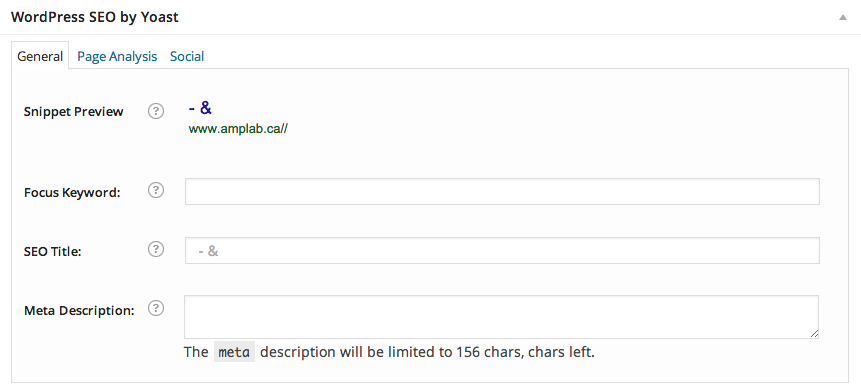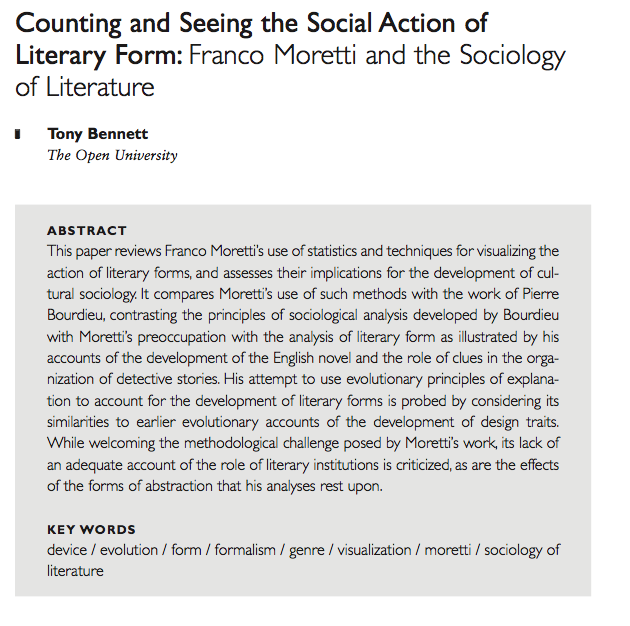Search Engine Optimization: The Boot Camp
For a little over a year, I worked for an internet porn company.
It was very boring.
I’d been un- and under-employed for the better part of a year before, picking up contracts from private high schools and tour groups and science museums, but nothing that stuck. Then, a friend, another writer, told me I should apply for a job that was opening up where he worked. It was a writing job, full time, with flexible hours and sweet lord honest-to-goodness benefits. The job required a lot of creativity and was mostly self-directed. He’d be my immediate supervisor. I could start immediately.
The hitch — or, maybe not a hitch at all, depending on your perspective — was that the job would be for an internet porn company. This makes the job sound a lot weirder than it was, because generally speaking it was a terrible office job with co-workers who would microwave fish and an incompetent HR department, just like any other. But it’s ordinariness made the few things that were unusual all the more surreal.
I learned three things at this job that have proven actually useful: 1) how to definitively win an office rivalry (after months of feuding I hid the COO’s personal assistant’s Blackberry in a plastic Halloween pumpkin after she left it ringing at full volume on her desk all day one time too many, and it bears noting that her ringtone was Beyonce’s “Run The World [Girls]”); 2) how to churn out massive amounts of content in a short period of time (I had to write 10-12 blog posts every day, each in a different voice and with a different set of interests and preferences); and 3) what the hell SEO is.
SEO stands for Search Engine Optimization, the process the defines how visible, and highly ranked, a website is according to search engine results, and by search engine, I mean Google. There are two kinds of traffic: paid, which directs traffic toward a site via ads (like AdWords), and organic, or “natural” traffic, the latter of which SEO strategies all attempt to generate. Rather than paying a search engine to bump your results to the top of the search queue (and labelled an ad in the process), SEO strategies seek to get a particular site as highly ranked as possible when specific search terms are entered.
Exactly how Google determines how sites are ranked depends on a number of factors, including site indexes (the internal structure that determines how content is arranged within a website), inbound and outbound links, and keywords and search terms. Content strategy is another key aspect of SEO, and involves not only how to structure the content of a website to ensure maximum impact on search engine results, but also when, how, and how frequently that content is deployed. Social media strategies, relationships with other websites, and dovetailing paid and unpaid strategies also factor in in various ways.
SEO is not something static; it’s not the type of strategy that, once you figure it out, can be implemented the same way forever. Instead, the way that Google determines how to rate and rank pages is constantly in flux. The process by which Google determines its search results is known as the Google Algorithm, which is constantly undergoing updates, changes and refreshes (each update has a fancy name now, such as “hummingbird” or “panda”). With each change, SEO strategies also have to adapt, sometimes subltly, other times dramatically.
For the purposes of this bootcamp, we’re going to focus on content, keywords and search terms. Our discussion and exercise are both going to focus on these elements, both because they’re most immediately relevant to most of the work we’re doing in this course, and a simple strategy involving both is something that anyone here could immediately take out and implement in their own writing and publishing lives to boost their search results. Also, these are elements of SEO that, while certainly not static in terms of their use and specific deployment, are some of the most stable aspects of any strategy. Search engines are always going to work via search terms; websites are always going to contain and require content. So however the Algorithm may change and strategies may shift, there is a certain stability in dealing with these elements first.
Why the hell does this matter?
So in the reading from this week, “Counting and Seeing the Social Action of Literary Form: Franco Moretti and the Sociology of Literature,” Tony Bennet discusses the ways that Moretti and his predecessors (including Adorno, Benjamin, Eagleton and Bakhtin) engage with literary form. He states that they are all, in one form or another, “all, in their different ways, preoccupied with questions of form, especially at the level of genre analysis as the aspect of literary form judged to lend itself best to the task of tracing the connections between, on the one hand, transformations or stabilities of form and, on the other, changes or continuities in the organization of economic, social and cultural relationships.”
SEO, and Google search engine algorithms, have had a profound impact upon the forms online content takes on. The way that content is composed, structured and deployed (at least from an SEO perspective) is determined not my the subject matter, but rather the needs of the content strategy. This effects everything from the length of a piece to the specificities of its internal structure. Optimized content has a form all its own.
Beyond that, the structures and scaffolding around SEO, keyword trees and the forms associated with WordPress plugins, are form in their own right. Concerned with brevity and specificity, they are both reductive and refining, diminutive forms and distillations of the content they define and describe. There is something profoundly useful about choosing an effective title, breaking a piece down into a few bare sentences for a description, and choosing a handful of relevant keywords. This is actually something we see done at the beginning of the Bennett piece: on the first page of the article, we’re given a title, an abstract, and keywords. The same tools that allow researchers to locate papers in scholastic databases are profoundly similar to what Google does with the web at large.
There’s creative potential here. There is something to subvert and exploit in the way that search terms and tags can be deployed. Their utility is not entirely descriptive, but rather can also be creative and expressive; this is perhaps most well realized in tumblr posts, many of which are almost entirely formed out of tags. We see a version of this with twitter hashtags as well, as a way to both gather and organize ideas and movements, but also to serve as a kind of aside, another means of expression, a layer of irony.
SEO also matters to everyone in this room because, as academics and producers of content, we all strive (at least we all should strive) to be read. The most cutting observation, scintillating analysis or brilliant exegesis means nothing if no one reads it. Putting your work out in the world, beyond the closed circuit of refereed journals and conferences (though these are definitely important too), is a critical first step, but readership is something that has to be built, not assumed. Keeping SEO in mind is one way to get eyes on your work, to make sure that what you’re writing or making or doing isn’t existing in a vacuum.
Finally, and maybe most crucially, it’s important to mobilize SEO strategies for writing that is actually, well, good. Writing in all its forms, from tossed-off blog posts to long-form journalism, becomes “content,” mere fuel for the online engine, something to be churned out and updated. As frequency, regularity, and adherence to form become ever more important to content strategies, the actual substance of what is being written becomes less and less important (as much as the utility of content and its appeal to visitors to a site is always a part of any strategy, this is not the same as good writing). So much of SEO and content strategy becomes about filling in the form with any old content, any scraped together pile of words so long as it is relevant enough and adheres to the requirements of keywords and form. There’s the opportunity for those who are producing quality content to take what they have and add elements of SEO to it, adapt what is already there to fit the form rather than create according to its dictates, serve good content rather than an impetus for creating weak content.
For a more in-depth tutorial on SEO strategy, check out this one designed for the Yoast plugin, which the AmpLab site uses.
Works Cited
Bennett, Tony. Counting and Seeing the Social Action of Literary Form: Franco Moretti and the Sociology of Literature.” Cultural Sociology 3 (July 2009): 277-297.



